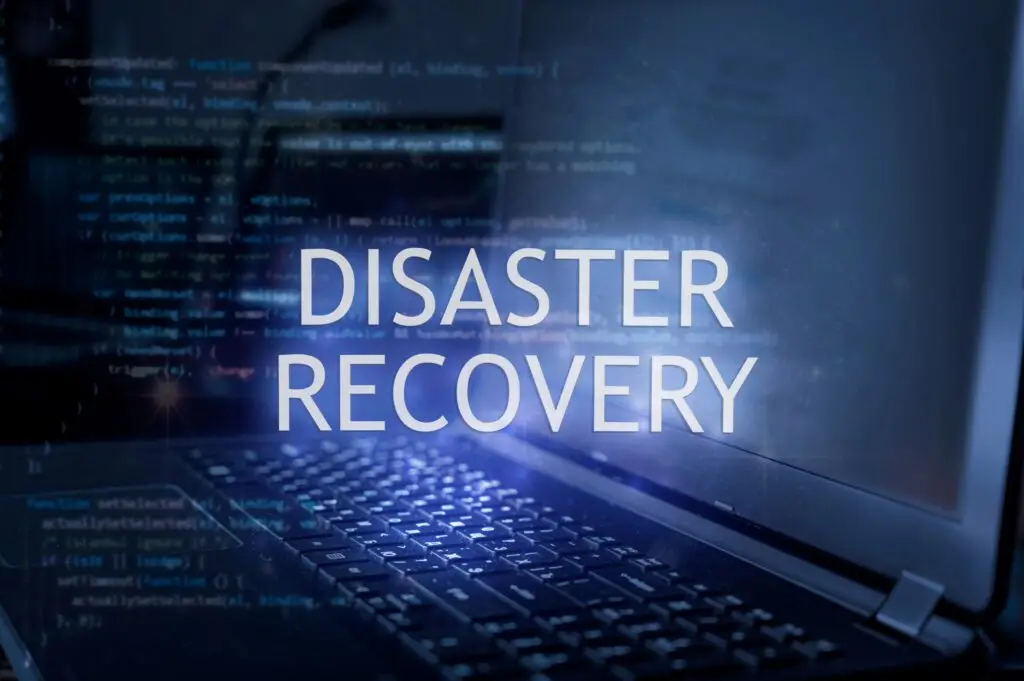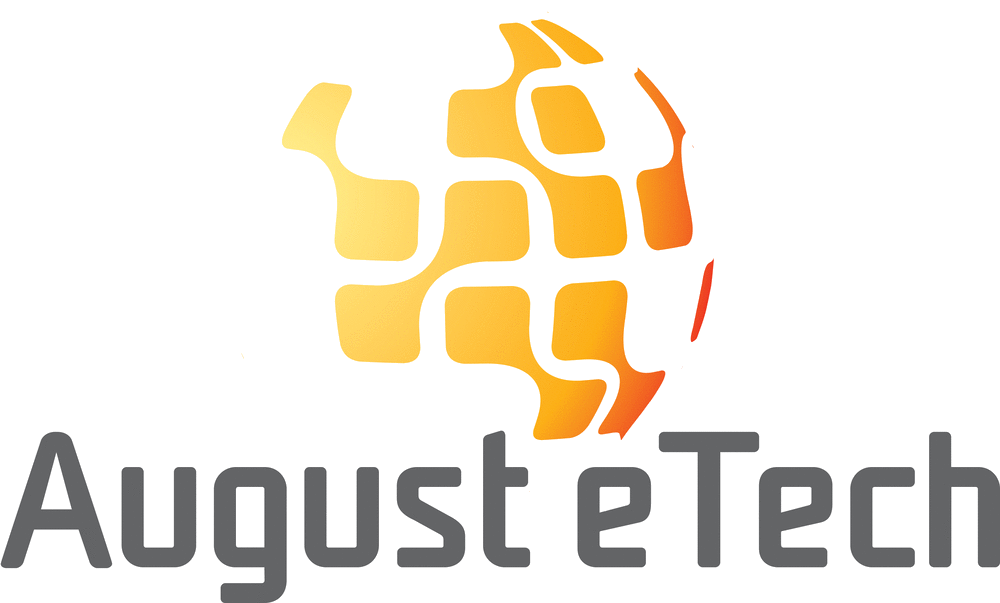
Introduction: This case study highlights the importance of disaster recovery hosting for a large-sized company facing unexpected disruptions. The August eTech client, experiencing a power outage due to a car accident, found themselves unable to access critical data and email services. August eTech, a trusted technology partner, had previously implemented a failover solution with Amazon Web Services (AWS) to ensure seamless data and email continuity during such incidents.
Client’s Situation: The client, a large-sized company, encountered a power outage that affected their operations, leaving employees unable to access crucial data and email services. The incident occurred due to a car accident causing a disruption in the power supply, highlighting the vulnerability of their on-site infrastructure.
Proposed Solution: August eTech had previously implemented a disaster recovery hosting solution to address such scenarios. The solution involved setting up a duplicate server off-site using AWS. This secondary server was configured for failover and synchronized with the client’s primary server, enabling seamless data and email accessibility during disruptions.
Failover Infrastructure with AWS: The failover infrastructure implemented by August eTech with AWS offered the following key components:a. Duplicate Server: An exact replica of the client’s primary server was provisioned in AWS. This server mirrored the data and configurations of the on-site server, ensuring continuity during disruptions.b. Data Synchronization: The duplicate server was constantly synchronized with the primary server using replication mechanisms. This ensured that the data remained up to date and consistent across both servers.c. Virtual Server Access: Employees were provided with secure access to the duplicate server hosted on AWS. Through secure remote connections, they could access their data and email services, regardless of the status of the on-site infrastructure.
Mitigating Disruption: During the power outage caused by the car accident, the failover infrastructure implemented by August eTech played a crucial role in mitigating disruption for the client:a. Uninterrupted Data Access: Despite the on-site server being inaccessible, employees could continue working seamlessly by accessing their data through the duplicate server hosted on AWS. This ensured business continuity and minimized productivity loss.b. Email Continuity: By leveraging the failover infrastructure, employees could access their email services through the virtual server hosted on AWS. This ensured uninterrupted communication and reduced the impact on critical business operations.
Benefits and Results: The implementation of disaster recovery hosting with AWS provided several key benefits to the client:a. Business Continuity: The failover infrastructure ensured uninterrupted access to data and email services, even during unexpected disruptions. This significantly minimized the impact on day-to-day operations and maintained productivity levels.b. Data Protection: By synchronizing data between the primary server and the duplicate server on AWS, the client’s critical data was protected from potential loss or corruption, ensuring data integrity and availability.c. Cost Savings: The failover infrastructure with AWS allowed the client to avoid the cost of setting up and maintaining an additional physical infrastructure for disaster recovery. This resulted in cost savings while providing a reliable solution.d. Rapid Recovery: The failover infrastructure enabled swift recovery and restoration of services. As soon as the power outage was resolved, the client could seamlessly transition back to their on-site infrastructure without data loss or downtime.
Conclusion: The collaboration between August eTech and the client in implementing a disaster recovery hosting solution with AWS proved invaluable during the power outage caused by the car accident. By leveraging the failover infrastructure, the client experienced minimal disruption and maintained seamless access to data and email services. This case study emphasizes the significance of proactively planning and implementing robust disaster recovery strategies to safeguard business continuity in the face of unexpected incidents.
